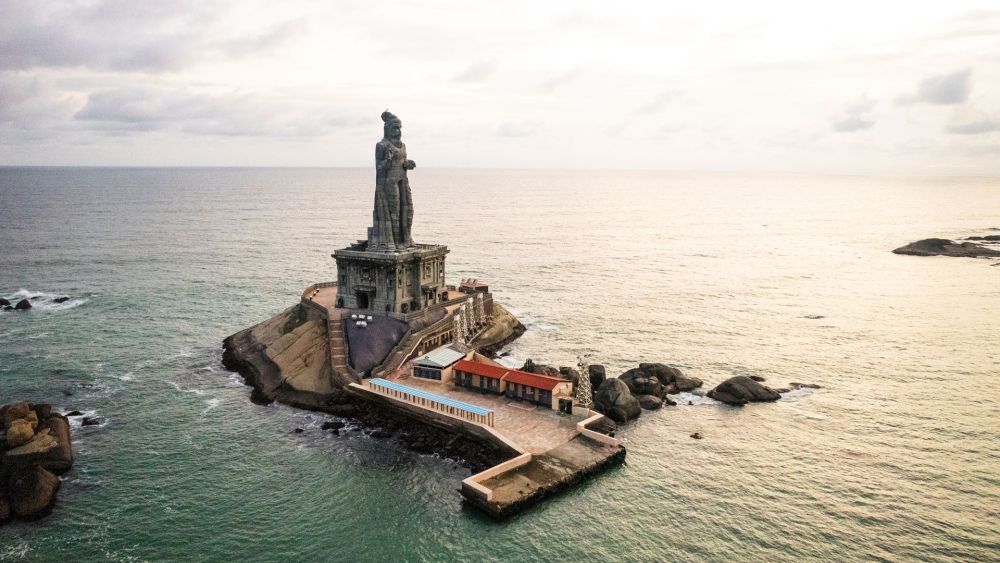

Kanyakumari, located at the southernmost tip of the Indian Peninsula, where the Arabian Sea, the Indian Ocean, and the Bay of Bengal meet, has a rich history intertwined with its tourism appeal. The name 'Kanyakumari' is derived from the revered Hindu goddess Devi Kanya Kumari, and the place is renowned for its spiritual significance and natural beauty. It has been a center for art, culture, civilization, and pilgrimage for years.
The earliest recorded history of Kanyakumari dates back to the Sangam period (3rd century BCE to the 4th century CE), during which it was a popular town for Tamil scholars and poets. These ancient contributors often mentioned its pristine beauty in their works, hinting at its budding potential as a tourist destination. However, the actual influx of tourists began post-independence, especially when it came to religious tourism. The temple dedicated to the virgin goddess Kanya Kumari, located on the shore, was and remains a significant pull for pilgrims all across India.
In the 20th century, the establishment of train services and improvement in road connectivity saw a steady increase in the number of visitors. With the construction of the Thiruvalluvar Statue and the Vivekananda Rock Memorial in the 1970s, Kanyakumari solidified its spot on the tourist map, not just for pilgrims but also for history and culture enthusiasts. The visually stunning sunrises and sunsets over the waters further popularized this destination among nature lovers.
Recognizing the potential in tourism, the government and private entities invested in developing Kanyakumari's infrastructure. This included better roads, the establishment of Hotels, and improved facilities for tourists. The area also saw a surge in local handicrafts and shopping markets, adding to the visitor experience.
In recent years, Kanyakumari has witnessed a shift towards a more diversified tourism experience. Apart from the historical and religious visits, there is a growing trend in eco-tourism, cultural tourism, and adventure tourism. Individuals now come to explore the local cuisine, the rural landscapes, and the coastal adventure sports. The traditional art forms and the annual festivals have also taken center stage in attracting cultural tourism.
Additionally, the emphasis on sustainable tourism practices has begun to shape the future of travel in Kanyakumari. Conservation projects, along with community-based tourism, are taking precedence in order to preserve the natural and cultural heritage for future generations.
With a vibrant history and an evolving tourism industry, Kanyakumari remains an iconic destination that beautifully blends the past with the present. Its ability to offer a variety of tourist experiences while ensuring sustainable practices is what makes it a remarkable place to visit.